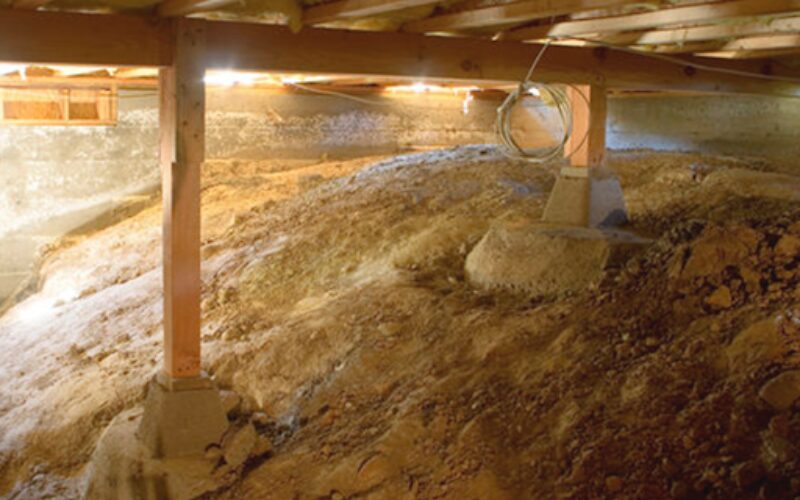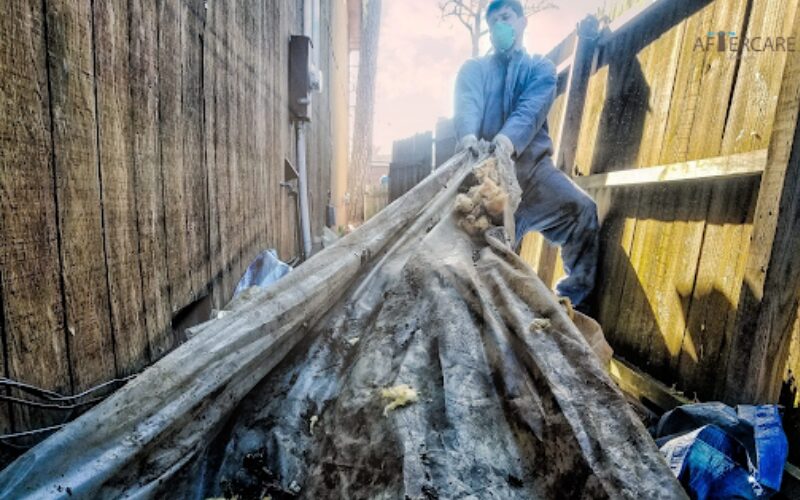Ways to Prevent Animals from Entering Your Crawl Space

Have you ever experienced the nuisance of animals invading your crawl space? If so, you know the challenges they pose and the potential damage they can cause. From structural harm to health hazards, animals in crawl spaces can create a myriad of problems. Fortunately, there are preventive measures you can take to keep them out. Before delving into these strategies, it’s essential to understand the importance of maintaining a clean crawl space. If animals have already infiltrated your crawl space, it’s crucial to address the issue promptly. One effective approach is exploring ways to clean crawl spaces contaminated by animals.
Your crawl space might seem inconspicuous, but it plays a vital role in your home’s health and structural integrity. It provides access to essential components such as plumbing, electrical wiring, and ventilation systems. However, it can also become a haven for unwanted guests like rodents, raccoons, squirrels, and insects. These creatures often seek refuge in crawl spaces due to the shelter and warmth they provide. Once inside, they can wreak havoc by gnawing on insulation, damaging ductwork, and leaving behind droppings that pose health risks.
To prevent animals from infiltrating your crawl space, consider implementing the following preventive measures:
Seal Off Entry Points
Inspect your home’s exterior for any gaps, cracks, or openings that could serve as entry points for animals. Typical access points consist of openings surrounding pipes, vents, and utility lines. Seal these openings using durable materials like steel mesh, hardware cloth, or expanding foam. Ensure that vents and access doors are securely closed and fitted with screens to prevent animals from squeezing through.
Install Vent Covers
Crawl space vents are essential for promoting air circulation and preventing moisture buildup. However, they can also provide easy access for animals if left uncovered. Install vent covers or screens to deter pests while still allowing for adequate airflow. Opt for covers with small openings that prevent rodents and insects from entering.
Maintain Landscaping
Overgrown vegetation near your home can create an inviting habitat for animals, offering them shelter and easy access to your crawl space. To mitigate this risk, it’s essential to regularly trim shrubs, trees, and bushes, keeping them at a safe distance from the foundation. Moreover, clearing away debris like leaves, mulch, and wood piles is crucial as they can attract pests, exacerbating the likelihood of animal intrusion.
Secure Trash Bins
Garbage serves as a magnet for various critters, ranging from raccoons to rodents, increasing the risk of them infiltrating your crawl space. To deter these pests, ensure trash bins are tightly sealed and positioned at a distance from your home. Additionally, maintaining cleanliness in the surrounding area is crucial; promptly clean up spills and food scraps to prevent the attraction of unwanted visitors. Consistent vigilance in waste management can significantly reduce the likelihood of animals accessing your crawl space.
Eliminate Food Sources
To deter animals from your property, it’s essential to minimize the availability of food sources that attract them. Store pet food in tightly sealed containers, regularly clean outdoor feeding areas, and avoid leaving food scraps or crumbs exposed. By depriving animals of accessible food, you can significantly reduce their incentive to linger around your property and infiltrate your crawl space, thus mitigating potential damage and nuisance.
Install Motion-Activated Lights or Sound Devices
Implementing motion-activated lights or sound devices can serve as effective deterrents against animals, startling them and discouraging their approach to your property. Strategically placing these devices near potential entry points or areas where animals tend to congregate, such as around trash bins or along pathways, can enhance their efficacy. By deploying such preventive measures, you can create an environment that discourages animal intrusion into your crawl space, thereby safeguarding your home from potential damage and nuisance.
Schedule Regular Inspections

Conduct routine inspections of your crawl space and property perimeter to identify any signs of animal activity or potential entry points. Look for droppings, nesting materials, chew marks, and tracks that indicate the presence of pests. Address any issues promptly to prevent further infiltration.
By implementing these preventive measures, you can significantly reduce the likelihood of animals invading your crawl space and causing damage. However, if you already have animals living in your crawl space, it’s essential to address the issue promptly to avoid further contamination and damage.
Final Thoughts
Protecting your crawl space from animal intrusion requires a combination of proactive measures and regular maintenance. By sealing off entry points, installing vent covers, maintaining landscaping, securing trash bins, eliminating food sources, and utilizing deterrents, you can safeguard your home against unwanted guests. Remember to conduct regular inspections and address any issues promptly to prevent costly damage and health hazards. With these preventive measures in place, you can enjoy peace of mind knowing that your crawl space remains clean, safe, and free from animal intruders.
